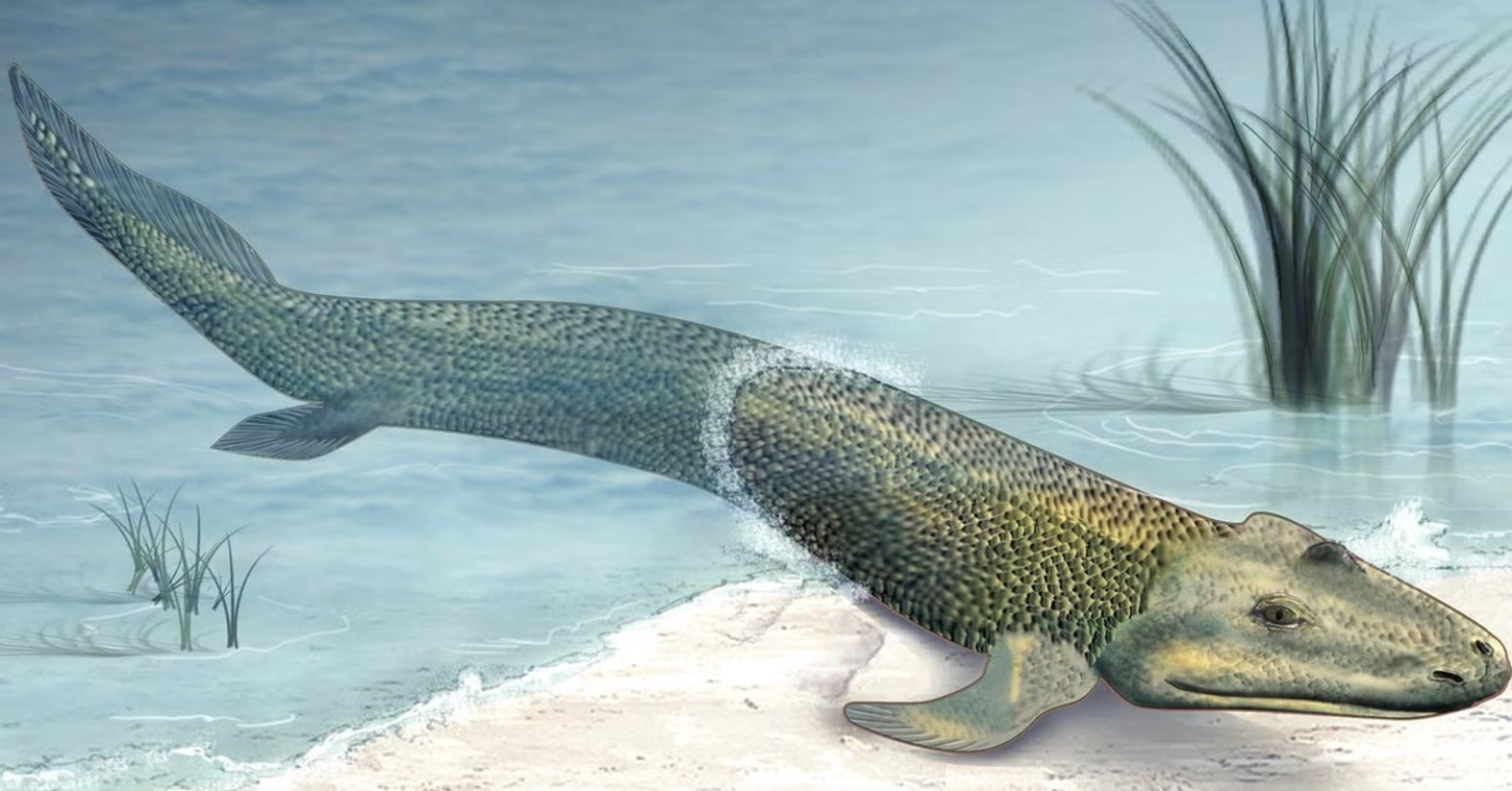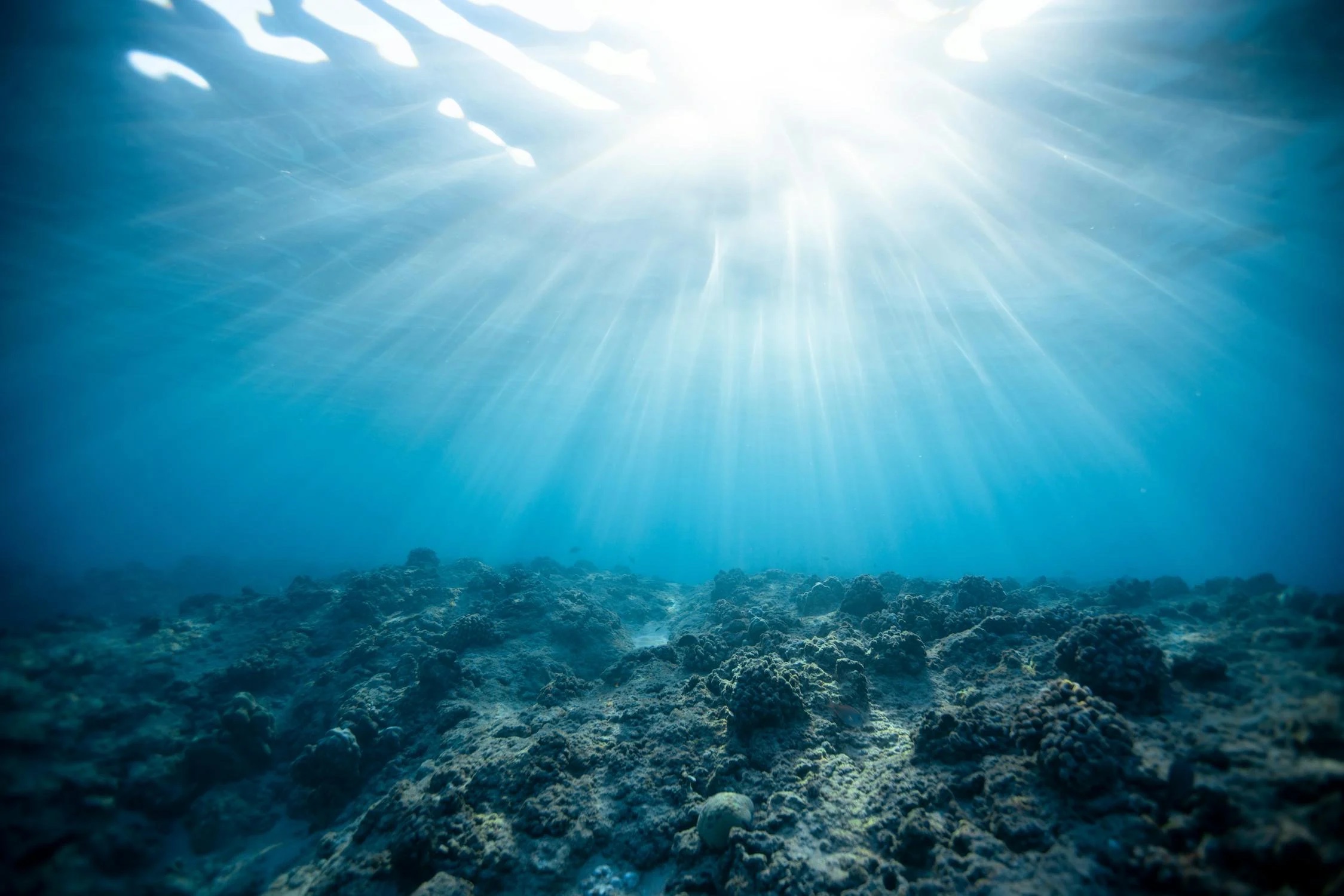Ancient Alien-Like Creature With Flailing Appendages Discovered in North America
In the tranquil beauty of Canada’s Yoho National Park, researchers uncovered a thrilling secret.
Amid a treasure trove of 10,000 fossils discovered in 1983, the remains of a lobopodian — an ancient sea creature from over 500 million years ago — were finally identified, sparking excitement and wonder.
What is a Lobopodian?
Imagine a creature straight out of an alien world: the lobopodian. With its elongated body, stubby legs, and spiky back that resembles a punk rock hairstyle, it’s a true wonder of nature.

Source: Wikimedia Commons
Up front, it boasts feather-like appendages, adding to its intrigue. Scientists have been captivated by this fascinating mystery for years.
Puzzling Evolution
How did such creatures evolve? Researchers are piecing together clues, suggesting that rising oxygen levels might have kick-started an evolutionary sprint. This increase in oxygen could have provided the necessary energy for more complex life forms to develop, enabling these ancient beings to thrive under changing environmental conditions and adapt to new ecological niches.

Source: @madison.com/YouTube
By examining fossil records and utilizing advanced technologies, scientists are gradually uncovering the fascinating history of these evolutionary marvels.
Findings at Tulip Beds
Named for its unique tulip-shaped fossils, the Tulip Beds have turned out to be a true goldmine of discovery.

Source: Wikimedia Commons
Since the initial find, the Royal Ontario Museum’s team has uncovered 50 new species, highlighting the site’s incredible paleontological significance.
Inside Look at the Lobopodian
Despite its modest size of just two inches, the lobopodian exhibited an intricate anatomy featuring 11 lobopods or appendages.

Source: Wikimedia Commons
This sophisticated structure suggests a highly adaptable organism, well-equipped for survival in its ancient habitat.
Lobopodian Features
The lobopodian’s limbs were a marvel, equipped with “very short spines” and rows of “curved chevron-shaped, claw-like spines,” as noted in the Journal of Systematic Palaeontology. These anatomical features suggest a complexity that played crucial roles in its mobility and environmental interactions, allowing it to navigate its habitat effectively.

Source: Christopher Furlong/Getty Images
The unique structure of its limbs may have provided advantages in movement, defense, or feeding, highlighting the evolutionary ingenuity of these ancient organisms.
Lobopodians' Body Functions
A closer look at the lobopodian reveals a body segmented for specialized functions, similar to modern arthropods. These segments allowed for various movements and tasks, indicating a complexity once thought exclusive to later evolutionary stages.

Source: Didier Dutheil/Sygma via Getty Images; Júlia d'Oliveira
This sophistication in design highlights a pretty remarkable evolutionary achievement for such an ancient creature, showcasing the adaptability of early life forms.
Surviving in the Wild
The back limbs of the lobopodian weren’t merely decorative; they likely served as protective shields.

Source: Jeremy Bishop/Pexels
Its other appendages were masters of suspension-feeding, skillfully capturing and ingesting food particles drifting through the water.
Linking to the Cambrian Explosion
The lobopodian popped up during the Cambrian explosion. This was a game-changing time on Earth, around 530 million years ago, when marine life really started to get interesting. It was during this era that many major animal groups first made their appearance in the fossil record, kicking off an incredible burst of evolutionary creativity.

Source: John Paterson/Yahoo
The Cambrian explosion was when life went from simple, multicellular organisms to more complex forms, setting the stage for the biodiversity we see today.
"Most Important Event"
In 2013, Professor Harper from Durham University emphasized the significance of this era.

NOAA/Wikimedia Commons
“The Cambrian explosion is one of the most crucial events in the history of life on Earth, marking the rise of animals as the most prominent features in our planet’s marine ecosystems,” Harper stated.
Evolutionary Chain Reaction
Professor Harper also spoke on the complexity behind the evolutionary explosion.

Source: Freepik
“It would be naïve to think that any one cause ignited this phenomenal explosion of animal life. Rather, a chain reaction involving a number of biological and geological drivers kicked into gear, escalating the planet’s diversity during a relatively short interval of deep time.”
Cambrian Innovations
Dr. Greg Edgecombe highlighted the wide-ranging implications of the Cambrian period, stating, “It was a time of body plan innovation and diversification, but also an ecological phenomenon as life responded to changing environmental conditions.”

Source: Wikimedia Commons
The Cambrian period was an important time for the development of complex structures and features, such as exoskeletons, eyes, and jaws, which allowed for more efficient movement and feeding strategies. These innovations paved the way for future evolutionary advancements.
